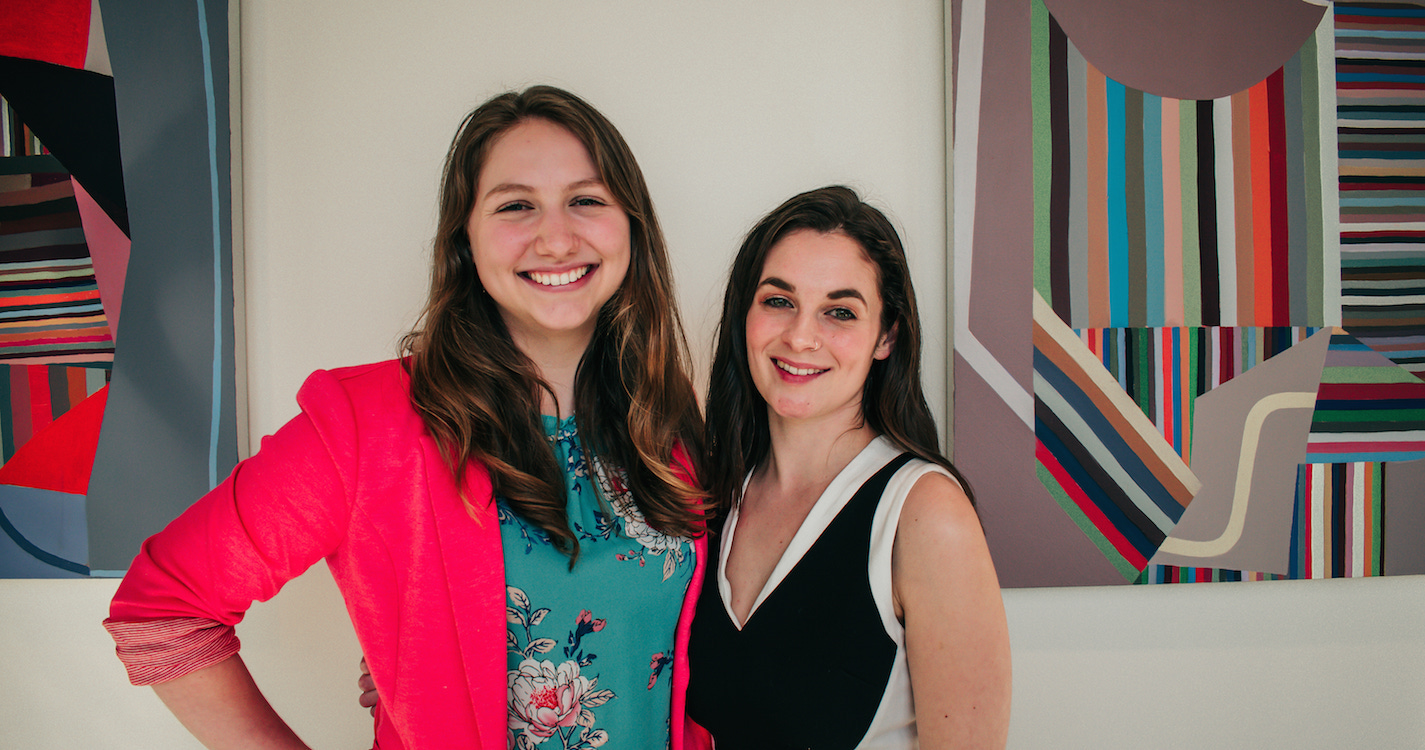Last August, I took a career test provided by our Career Management office. The test measured possible jobs we would be interested in based on our interests, motivators, and skills. The test revealed one of the possible jobs I would be great in was management consulting. When I started school, I learned about the Atkinson Consulting Association (ACA), a student association at Atkinson that provides the opportunity to work with clients in the Pacific Northwest. For the past year, I have been able to gain experience in consulting while completing my MBA and experiment with different types of consulting before graduating.
On Saturday April 27, at Roger’s Music Hall, the Consulting Capstone Event took place. The event kicked off with fifteen-minute presentations by the four consulting groups who worked all year with their clients. Keynote speaker Danny Langdon spoke on his experience working with clients and facilitating client problem-solving. Then, we had a reception and an opportunity to ask questions to the clients to learn more about other’s projects. After the reception, we had dinner and further opportunity to talk with our clients and professors.
My group worked this year with our client to make an equestrian center, including horse riding lessons and horse boarding, profitable. We examined various revenue-driving projects our client could implement. For example, they could increase their presence on social media or hold events at the center. Then, we ran a Monte Carlo simulation on all the possible situations we had brainstormed. The Monte Carlo simulation determined how likely a scenario was to be profitable. With the data output, we then turned to two qualitative factors: would it improve their brand image and was it convenient for the business to implement? We discovered that while some of the suggestions met the quantitative measures, they didn’t meet the qualitative standards we set.
Not only did I gain technical skills from this consulting project—I didn’t know how to run a complex Monte Carlo simulation before—but also I learned the importance of looking at both the quantitative and qualitative measures! Just because a project is profitable under the simulation doesn’t always mean it’s a good strategic decision for the company. For example, purchasing a dump truck to haul manure made a lot of sense financially—the truck had a 25% profit margin. But a dump truck doesn’t exactly help brand awareness of an equestrian center and is a large upfront cost for a business to take on.
ACA has provided me with opportunities to learn outside the classroom and valuable experiences, which I can show to future employers on my resume. The event was a great finish to a rewarding year of work. Next year, I am excited to continue to build client relationships and become a senior consultant.




